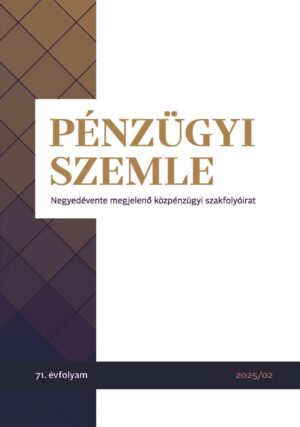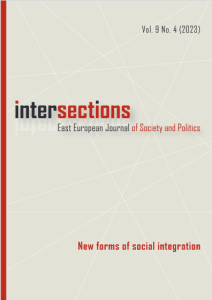
Competitiveness analysis of ESG qualified investment funds available in Hungary
Vancsura László – Bareith Tibor
Publications / Journal Articles / Domestic Journal Articles


ELTE CERS – Institute of Economics
| Address: | 1097 Budapest Tóth Kálmán u. 4. |
| Phone: | (+36-1) 224 6700 |
| E-mail: | kti.titkarsag@krtk.hun-ren.hu |
| Web: | www.kti.krtk.hu |